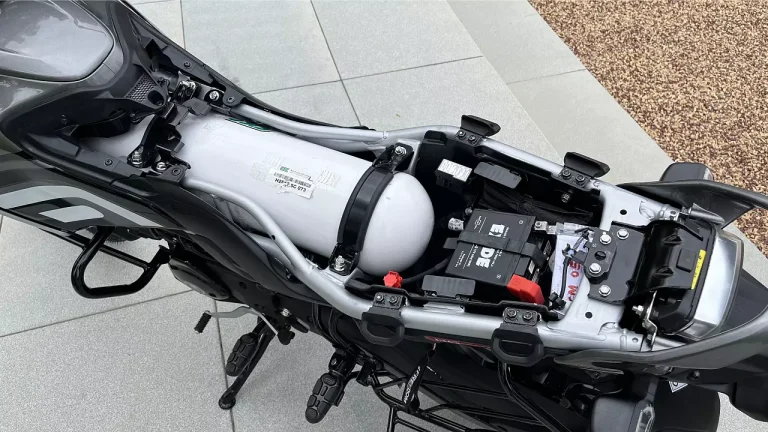U.S. Business Climate Strengthens as Investment and Innovation Drive Growth
October 10, 2025 | Washington, D.C. — The U.S. business sector is showing signs of strong momentum as companies across key industries continue to invest in technology, expand operations, and adapt to a rapidly evolving economic landscape. Despite ongoing global uncertainty and inflationary pressures, American businesses remain resilient, supported by stable consumer demand, steady employment, and increasing access to capital.
The latest data from the U.S. Department of Commerce shows that business investment rose by 3.2% in Q3 2025, marking the fourth consecutive quarter of growth. This increase has been fueled by spending on equipment, software, and renewable energy projects, as companies prioritize modernization and sustainability.
“Businesses are doubling down on digital transformation and clean energy,” said Julia Barnes, senior analyst at MarketView Economics. “The pace of innovation has accelerated post-pandemic, and firms are now building for long-term competitiveness.”
In particular, the technology and manufacturing sectors are seeing robust activity. Tech firms, especially in AI and cybersecurity, have attracted billions in venture capital funding over the past six months. Meanwhile, U.S. manufacturers are reshoring production lines and investing in automation to reduce reliance on global supply chains.
The Biden administration’s focus on infrastructure and green energy continues to play a central role in stimulating business activity. Through the Inflation Reduction Act and CHIPS Act, federal incentives have spurred new construction of semiconductor plants and clean energy facilities, creating thousands of jobs and opening new markets.
However, small businesses face a more complex environment. According to the National Federation of Independent Business (NFIB), small business optimism declined slightly in September, as concerns grow over labor shortages, interest rates, and rising insurance costs. Access to skilled labor remains a top challenge, especially in construction, healthcare, and hospitality.
Despite these challenges, consumer spending — a key driver of business performance — remains steady. Retail sales rose 0.4% in September, with strong demand in health, electronics, and e-commerce sectors. Businesses are also benefiting from easing inflation, which fell to 3.1% annually, down from 7% in early 2024.
In the financial sector, Wall Street responded positively to signals from the Federal Reserve that interest rate hikes may be paused. The Fed, while remaining cautious, has acknowledged signs of cooling inflation and slowing wage growth. This shift could lead to lower borrowing costs for businesses heading into 2026.
Investors have responded with renewed confidence. The S&P 500 has gained nearly 12% year-to-date, led by gains in tech, energy, and industrial stocks. Mergers and acquisitions are also on the rise, with deal volume reaching $1.8 trillion globally through Q3 — a 15% increase compared to the same period last year.
Looking ahead, business leaders are cautiously optimistic. “We’re navigating a new era of innovation and global competition,” said Mark Reyes, CEO of an Austin-based logistics startup. “While the risks are real, so are the opportunities.”
As the U.S. moves into 2026, the business landscape is expected to remain dynamic — shaped by technology, geopolitics, and policy decisions that will influence America’s economic future.
Let me know if you’d like this adapted to a specific industry or region!





